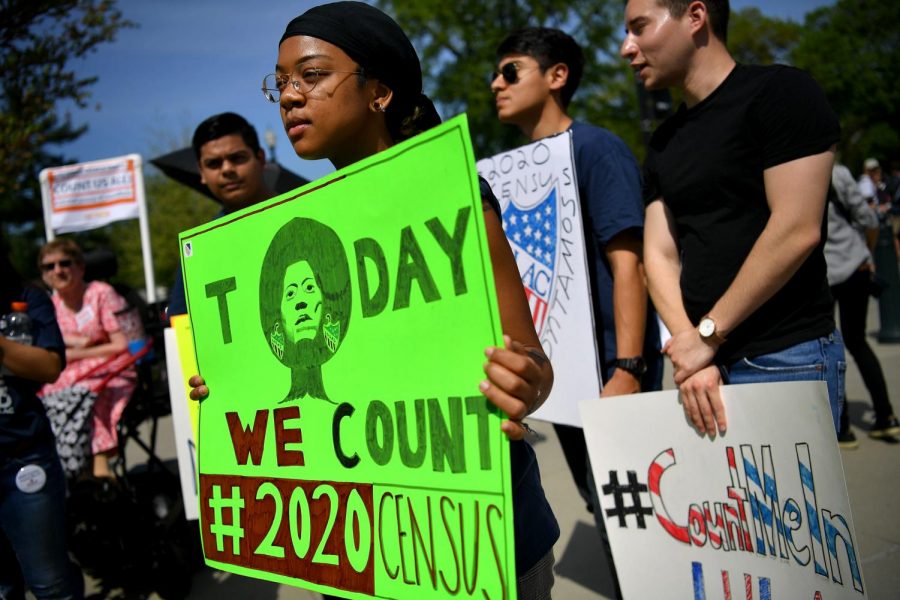A Local Census Overview
How Exactly Did Washington Handle the Census During a Global Pandemic?
Photo of people protesting for the 2020 census in April 2020
The 2020 Census was not as smooth of sailing this year compared to the past few decades due to the Covid-19 outbreak. This has led to delays, cancellations, and understaffed states for the count. The count is crucial since it helps the government have a sense on where they should spread out their fundings.
As a result of the pandemic, the Washington Census Bureau, also known as enumerators, didn’t start counting the people who are among the NRFU (Nonresponse Followup Completion Rate) until late July, with most finishing around early September (when the enumerators were originally supposed to start knocking on doors on April 1). People are considered NRFU if they haven’t called, mailed, or completed their house’s census online by March 31, and will receive a knock on the door from the Census Bureau.
Some states were struggling with the temporary shorter deadlines that the president’s administration was pushing for, although those shorter deadlines are no longer in place. Many states, like Arizona, had to ask other state’s, like Washington, enumerators to help them.
The Washington team started with 20 members and ended with 11. The job can be very difficult. The team would encounter dogs, fences, dirt roads, potholes, and empty houses, among other obstacles.
Many times, enumerators would only reach one house per day. Some enumerators would be threatened by the home owners and had guns pulled on them. Other times, people would be too afraid to open the door to the enumerator.
Susan Eagan, one of the Washington enumerators, described the experience as “…an extremely physical job,” one that requires determination, perseverance, and dedication – especially amidst a pandemic.
One of the most conspicuous differences from the census this year is that people were able to log their family online. According to the official census website, 60% of US households did the census this way. This was not possible in 2010 or any year before.
Another major difference between the census this decade and the last one is the more dire need of it. The pandemic threatens to under count our population which threatens a state’s representation. During an election year, state visibility is crucial.
According to the University of Minnesota, the unemployment rate is at a staggering 14.7% as opposed to the 3.5% measured in February. Fortunately, the census provides over 250,000 jobs in the United States.
Even though the count this year had its ups and downs, the US Census Bureau managed to surpass its goal of 99.5% and hit 99.9%. Now the enumerators can sit and relax for another 10 years.



